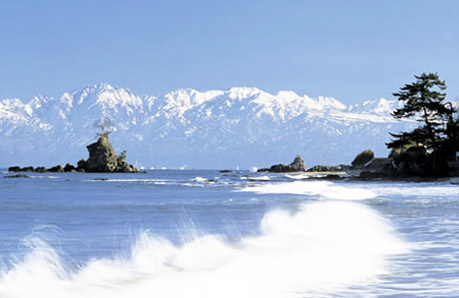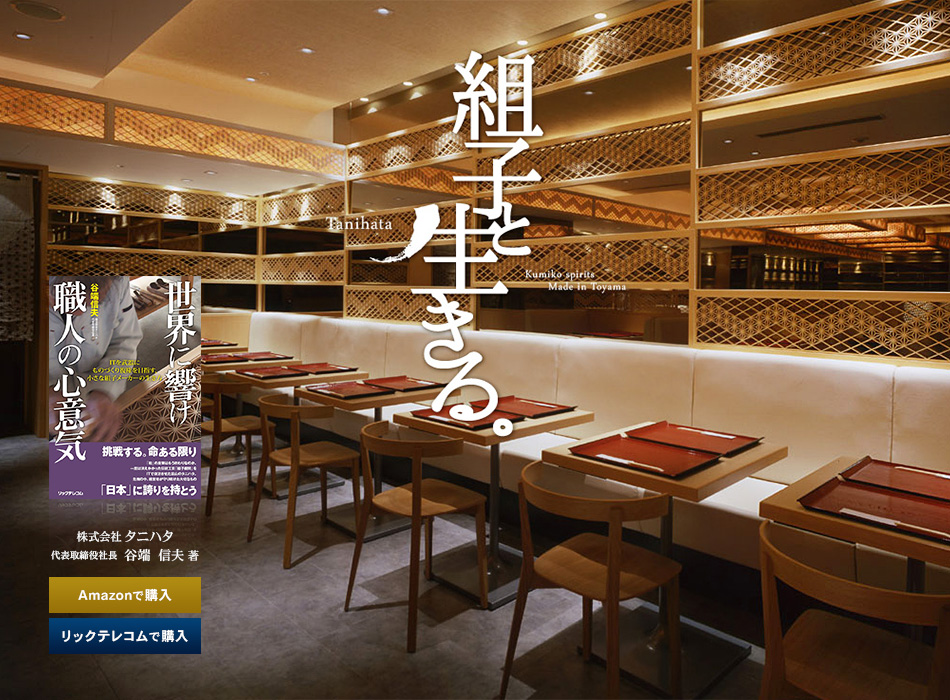Made in TOYAMA
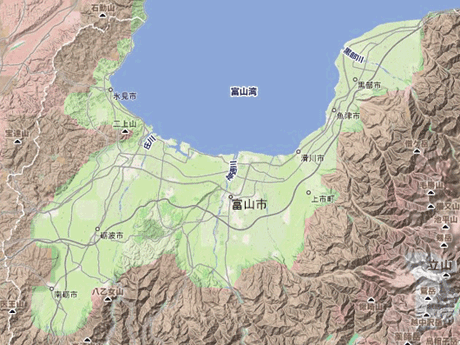
Image of Toyama
What do you know about Toyama?
“Where is Toyama?”
“Near Ishikawa?”,
“Old style pharmacy”, “Trout Sushi” …
answered people I met in Tokyo 20 years ago.
These were typical responses from Japanese people.
Recently, though, some sightseeing destinations are getting popular thanks to PR activities, including Kurobe dam site and Tateyama alpine routes.
My area of Toyama city is located between the Tateyama mountain range and Toyama Bay which is well known for firefly, squid, white prawn, yellowtail and seasonal mirages.
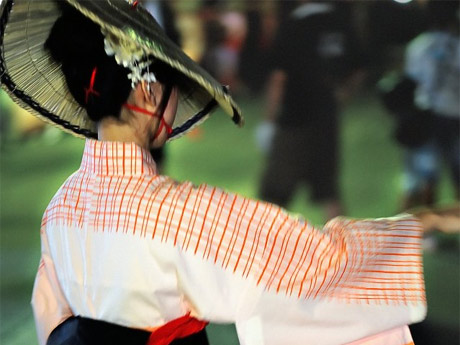
photo:SHINYA KAMIICHI
Toyama people are serious
and hard working
Hydroelectric power generation on the swift Kurobe and Jintsu rivers that flow from the mountains into Toyama Bay, was promoted during the period of modernization in the Meiji era, from the 1860s to the 1910s.
This development brought many industries, such as chemicals, electric furnaces, cotton mills, pulp and paper mills. Toyama became the most industrialized area along the Sea of Japan in the Taisho and Showa era from the 1910s to the 1980s.
Toyama is 6th in Japan in terms of GNP per capita, even though there has been a shift from manufacturing to agriculture and fishery industries. Toyama has the largest paddy rice area (95.9% of Toyama area) and the nation’s second largest fixed-net fishing industry. Therefore, Toyama has a stable workforce and people do not seek work outside the area.
Toyama ranks third in Japan for joint income level, first for average savings, and first for home ownership. With both parents working and saving money, most people aspire to owning a bigger house.
In contrast, Toyama is ranked 45th for enrichment lessons and entertainment. Toyama people are industrious and successful.
An inflexible and stubborn man from Toyama
I will recount an experience when I visited a customer who lived outside Toyama, ten years ago.
I was asked to give a 20% discount on transoms. I refused as I knew their true value. His response, “You are surely from Toyama, ” shocked me and I didn’t understand what he meant.
On asking my wife, who comes from outside Toyama, what he meant, she smiled and said it meant I was inflexible and stubborn. I asked if others in Toyama were the same. She agreed that Toyama people do tend to have these characteristic.
Being young at the time, I began to have a negative image of Toyama people.
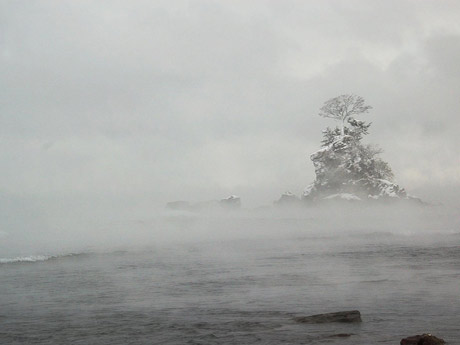
photo:SHINYA KAMIICHI
The tilted wall clock
My father was admitted to hospital with terminal cancer four years ago. Even though he was given a year to live, he was still speaking enthusiastically about his daily experiences in the hospital. “Modern medicine is very advanced. I was treated in such a brilliant way today.” “I saw a new machine today. Our factory should also look for new ways to do things.”
I couldn’t help wondering how, in his situation, he could be positive about new ideas and how they could be of use. Mentally, I was asking him more questions.
This is what happened seven days before my father died, when he came to spend his remaining time at home. Frail and feeble voiced, he was unable to stand by himself.
He said, The clock on the wall ……… it is tilted. Put it straight.”
I noticed that the clock was indeed slightly tilted, by 5 about degrees. He noticed and pointed it out as soon as he came back home.
I was at a loss for words. It is said that people die as they lived. My father couldn’t ignore that the clock was slightly tilted because he had lived his life as a professional craftsman, trained to working with the accuracy required of Kumiko. I was really surprised to realize that he had such profound pride in his craftsmanship at this stage of his life.
On his deathbed, my aged father taught me what is important to a craftsman.
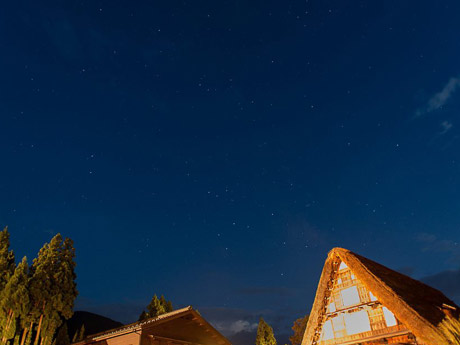
photo:SHINYA KAMIICHI
Made in Toyama
We are sometimes asked if our products are made in China.
“No,” I answered confidently. “All our products are made in Toyama.”
I know I am stubborn and inflexible like many people in Toyama.
However, I am proud of our products created by Toyama people who uphold the spirit of craftsmanship.
